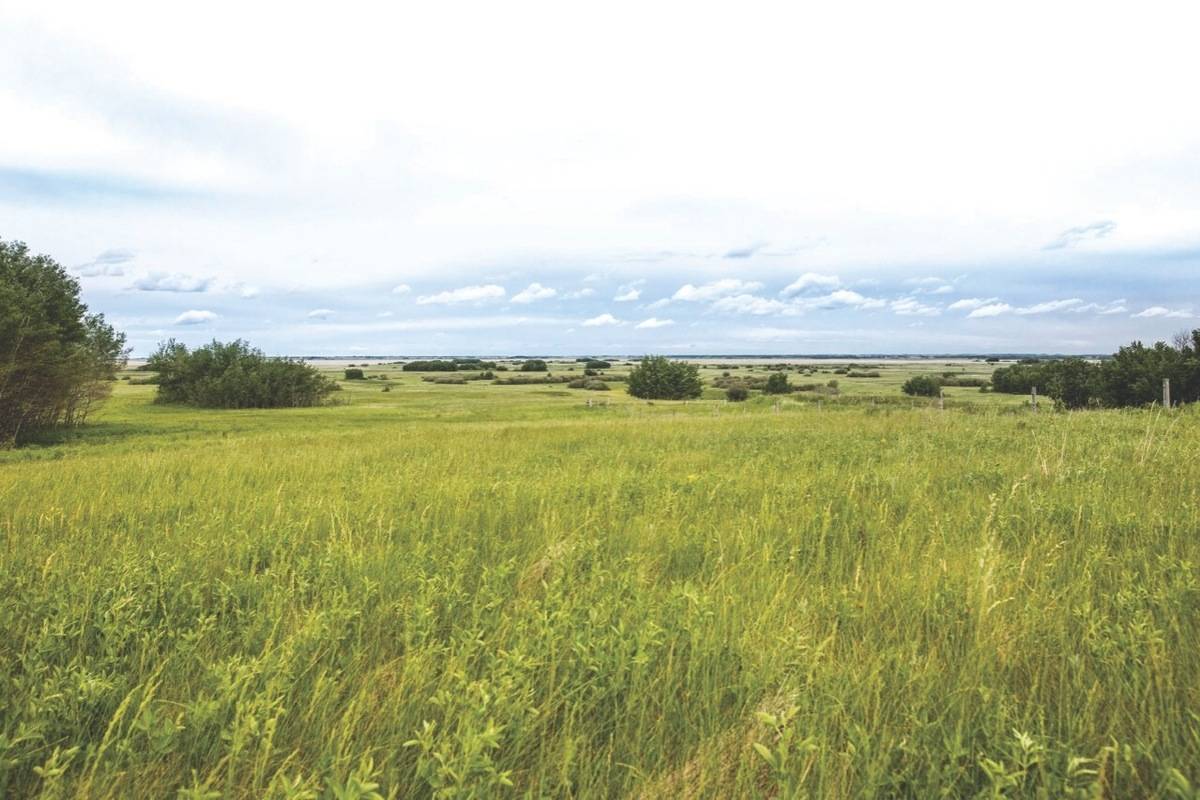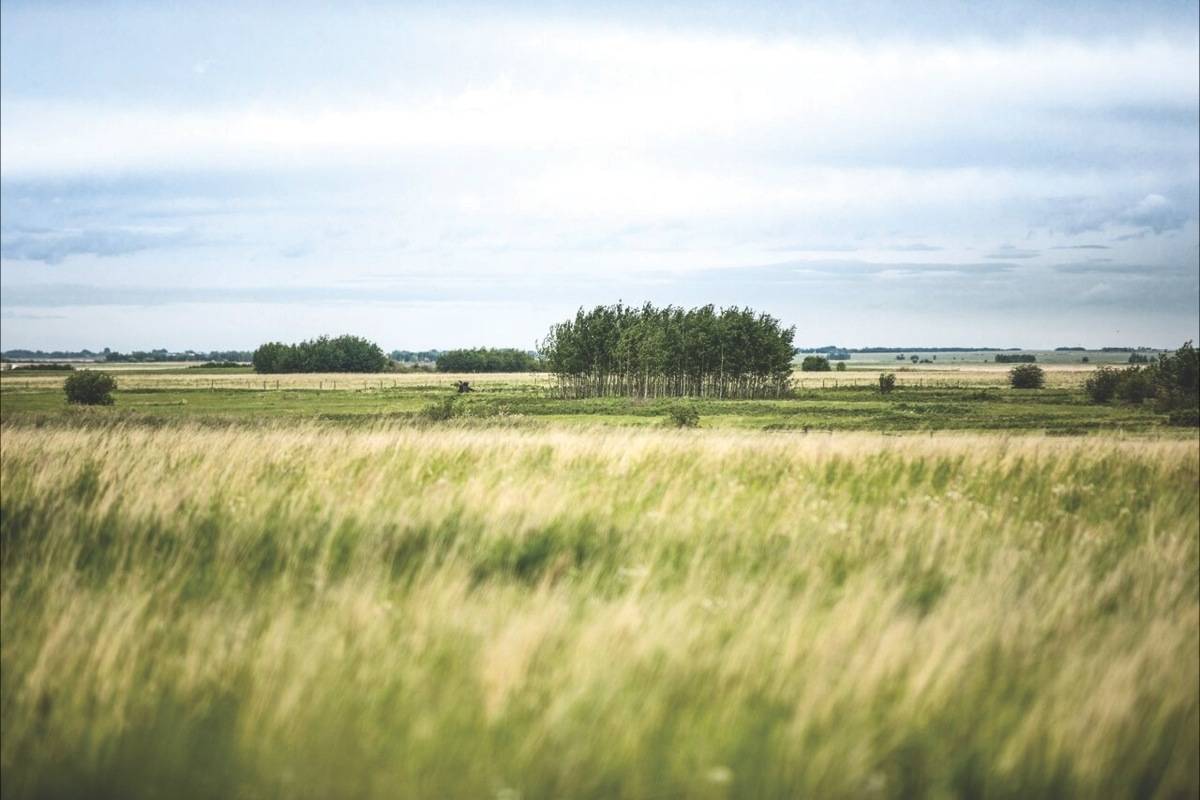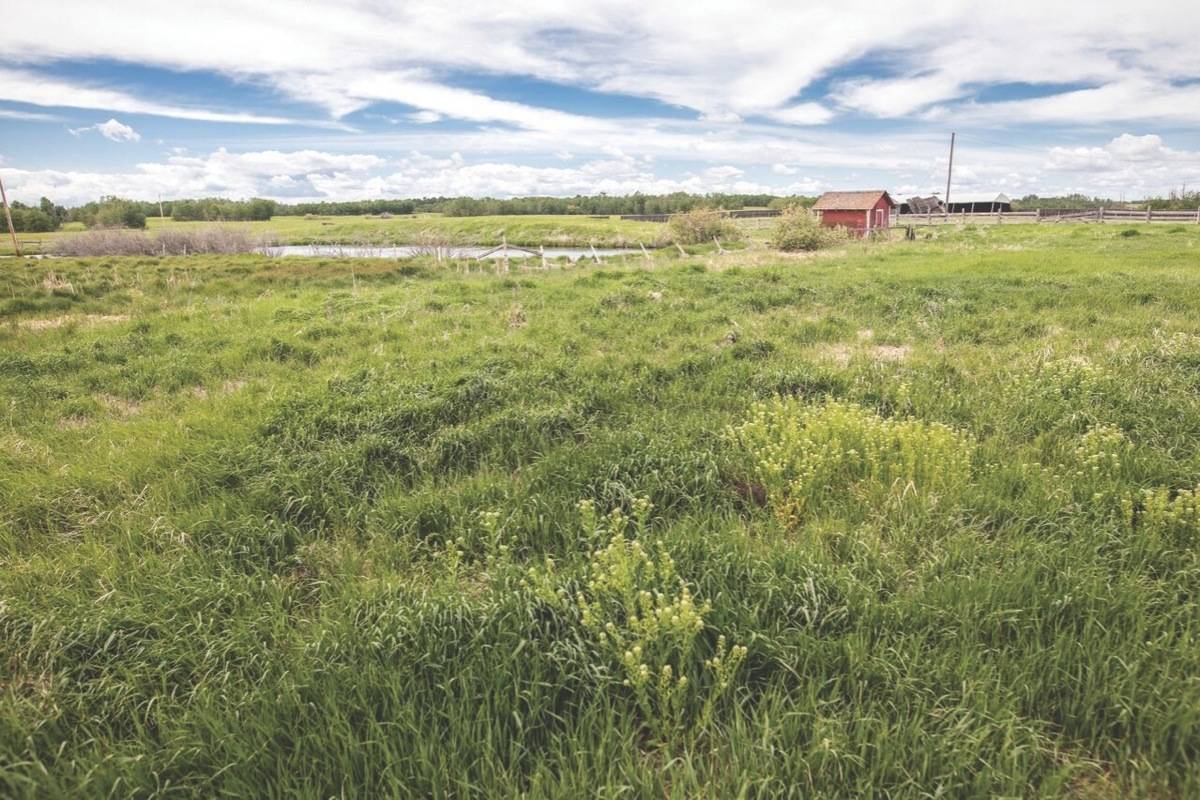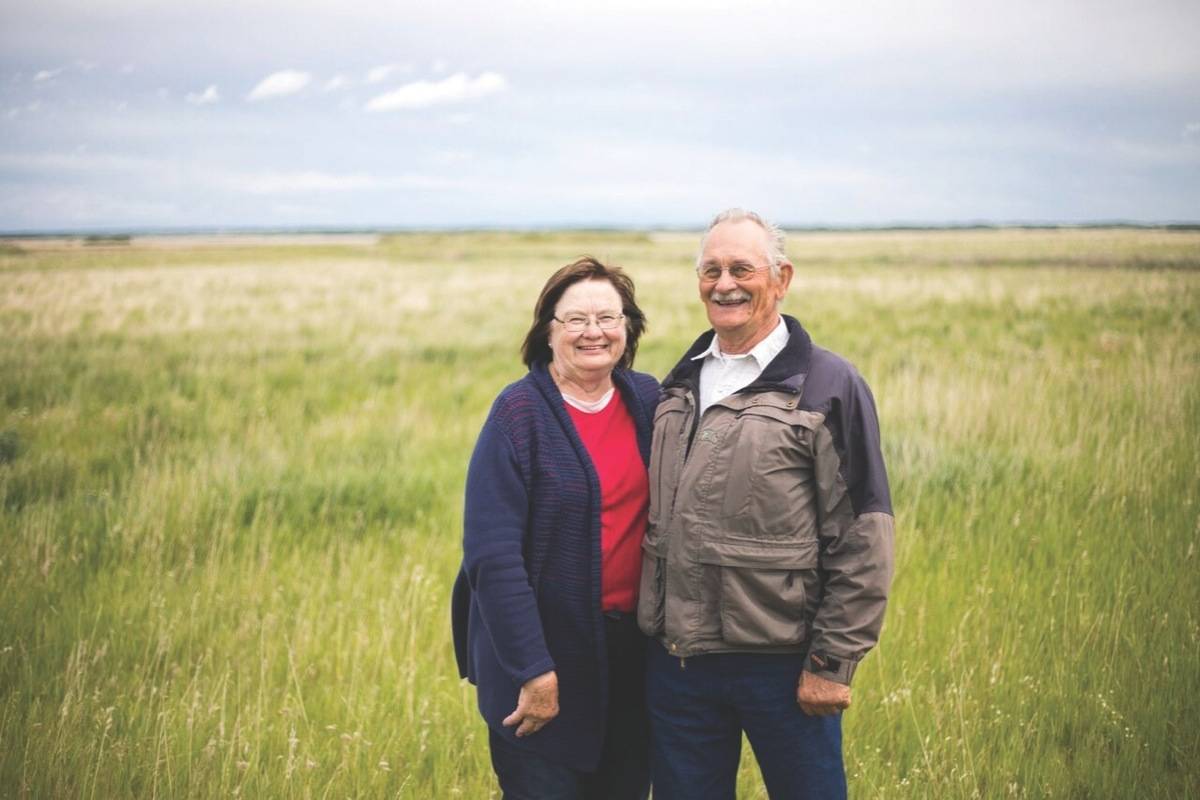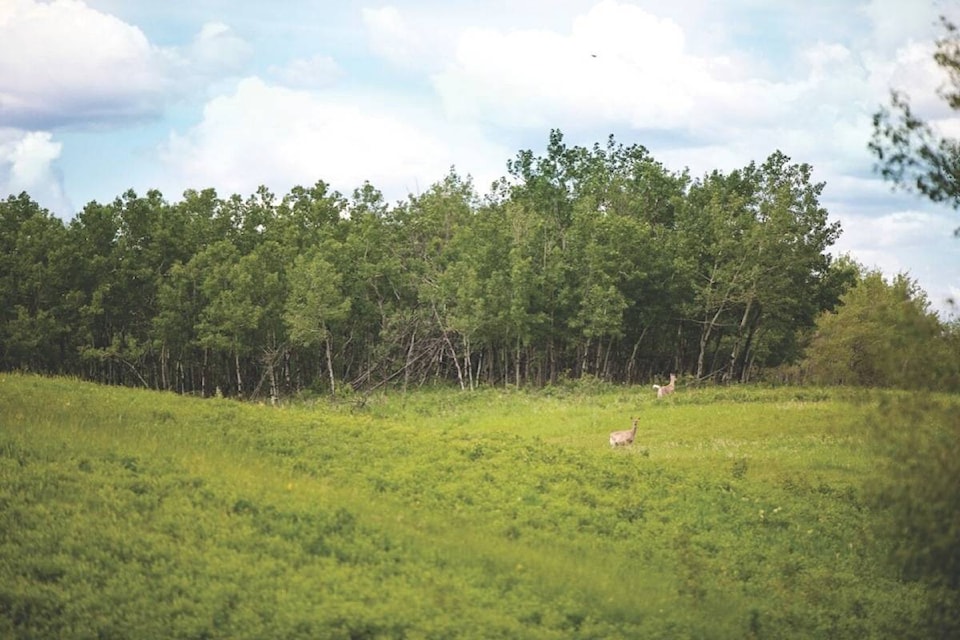Four new wetland conservation projects across Canada were dedicated on World Wetlands Day (Feb.2), including one in the Stettler area.
The Nature Conservancy of Canada(NCC) has been gifted 593 hectares (1,467 acres) on the northwest shore of Gough Lake, that was known as the Ferrier property.
The project was made possible due to the late Agnes Isabelle (Nancy) Ferrier who left the site to NCC in her will. In 1904, brothers John and Tom Ferrier sailed to Canada from Scotland to look for a homestead. After arriving in Alberta, they settled on the edge of Gough Lake, where they built a wood shack with a tin roof. The rest of their family joined them in Canada in 1908, and eventually built a house and a barn with a hayloft after acquiring more land.
John and his wife, Agnes, would marry in Scotland in 1913, and then returned to Canada two years later to raise their children on the land through the Great Depression and two World Wars. It was on this farm that the Ferrier family lived, until John Ferrier’s last surviving child Agnes Isabelle Ferrier, known as Nancy, passed away in 2015 and willed the land to the Nature Conservancy of Canada.
“The family is absolutely delighted. John and Nancy, the children of the John Ferrier that settled here from Scotland, never had any children of their own, so this was their wish. This property has come full circle, from being homesteaded in 1904, to going back to nature the way it was in 1904.” — Sylvia Walters, Ferrier family member.
The property contains a combined 104 hectares (256 acres) of wetlands and shoreline habitat for deer, small mammals, grassland birds, shorebirds and waterfowl. Several species at risk call the area home including the Baird’s sparrow (special concern), and the Sprague’s pipit (threatened) according to the Committee on the Status of Endangered Wildlife in Canada.
Gough Lake, which borders the property, also provides seasonal and year-round habitat for species, such as the sharp-tailed grouse and loggerhead shrike (threatened under the Species at Risk Act).
Shannon Phillips, Alberta’s Minister of Environment and Parks says “This amazing act of kindness will advance our shared goal of protecting and preserving natural habitats for future generations. The Government of Alberta is excited by this ecologically significant land donation in Central Alberta, and I was very pleased to see the $460,000 Alberta Land Trust Grant given to the Nature Conservancy of Canada put to such good use.”
The larger wetlands are also valuable spring shorebird basins, as the shoreline provides nesting and staging habitat for waterfowl. 64 per cent of the slough and marsh wetlands have disappeared in the settled areas of Alberta, according to the Institute of Wetlands and Waterfowl Research.
One third of the land also consists of native grassland, a rarity these days, due to the high rates of land conversion for agricultural and human development. Native grasslands are considered essential ecosystems that provide carbon fixation, water filtration, forage production and soil protection.
Catherine McKenna, the Federal Minister of Environment and Climate Change says “On World Wetlands Day, I congratulate the Nature Conservancy of Canada on the conservation of 593 hectares near Red Deer Alberta, which includes 104 hectares of important wetland and shoreline habitat, through the Natural Areas Conservation Program. Conserving areas such as these protects biodiversity and also improves the landscape’s resiliency to extreme weather events. Today’s announcement shows what can be accomplished by Canadians working together.”
The property is also in close proximity to other conservation lands, including the provincially protected 9,559-hectare (23,620-acre) Rumsey Ecological Reserve and Natural Area, as well as three conservation agreements held by NCC, and eight quarter-sections owned by Ducks Unlimited Canada.
The Natural Areas Conservation Program (NACP) is a public-private partnership designed to accelerate the pace of land conservation across southern Canada. The Nature Conservancy of Canada (NCC) manages the program, where federal funds are matched by contributions raised by NCC and its partners.
The Alberta Land Trust Grant program was also introduced in 2011 to support land trusts such as the Nature Conservancy of Canada in purchasing conservation agreements on ecologically significant donations of land.
The others wetland conservation projects announced on World Wetlands Day are in Spring Creek, Saskachewan, île de Grâce near Sorel, Québec and in Lobster Bay, Nova Scotia. This project was also supported by donations from Repsol and other donors.
Since 1962, NCC has helped protect more than 1.1 million hectares (2.8 million acres), coast to coast. Here in Alberta, more than 11,300 hectares(280,000 acres) of land and water has been conserved.
landin.chambers@stettlerindependent.com
Like us on Facebook and follow us on Twitter
